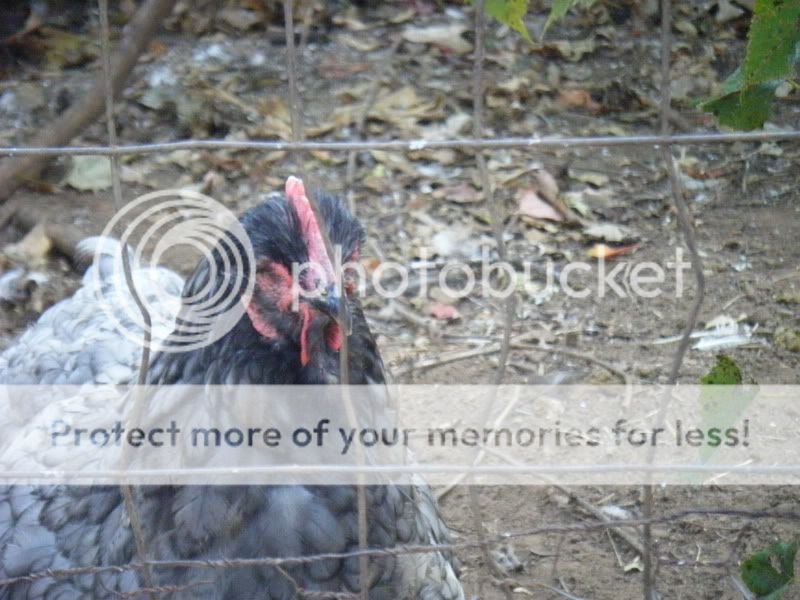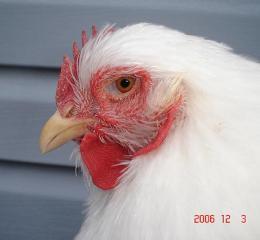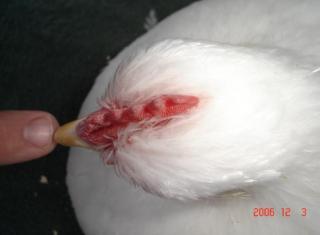FlagDay76 -
Will only comment on the Blacks. They are exactly what I would expect a 4 month old Black Cochin of decent quality to look like. You want them to be leggy at this stage. They are supposed to be large birds in the end. The depth of body will fill in as they mature. While Superior Farms is indeed a hatchery, they are not the same as most other hatcheries. Superior is managed by Danny Padgett, APA judge and long time breeder. They have gone to great lengths to assemble some of the best breeder stock in the country. I know some of the sources of their breeder stock and it's some of the best in the country. I also know where their line of Black Cochins came from and again, some of the best in the country. Google Superior Farms Hatchery. Their site has some photos of some of their stock. Unlike other hatcheries they actually attend shows and exhibit their birds. You will also see that they are sold out for 2009 until the fall. Their focus is on quality, not quantity.
Those Blacks show potential for good size and feather mass. Things to watch would be leg and foot color, wing structure and carriage and body tilt as they mature. Also width of back is an important factor, as it dictates productivity and overall mass of the bird.
Tom
Will only comment on the Blacks. They are exactly what I would expect a 4 month old Black Cochin of decent quality to look like. You want them to be leggy at this stage. They are supposed to be large birds in the end. The depth of body will fill in as they mature. While Superior Farms is indeed a hatchery, they are not the same as most other hatcheries. Superior is managed by Danny Padgett, APA judge and long time breeder. They have gone to great lengths to assemble some of the best breeder stock in the country. I know some of the sources of their breeder stock and it's some of the best in the country. I also know where their line of Black Cochins came from and again, some of the best in the country. Google Superior Farms Hatchery. Their site has some photos of some of their stock. Unlike other hatcheries they actually attend shows and exhibit their birds. You will also see that they are sold out for 2009 until the fall. Their focus is on quality, not quantity.
Those Blacks show potential for good size and feather mass. Things to watch would be leg and foot color, wing structure and carriage and body tilt as they mature. Also width of back is an important factor, as it dictates productivity and overall mass of the bird.
Tom

 I happened upon them almost by mistake. I feed them turkey pellets, 20% and supplement with a mix of my own... Blue Seal Sunshine pellets, black oil sunflower seeds, whole oats, buckwheat, and winter rye (when I can find it). I was feeding 22% game starter crumbles, but switched to the pellets because they wouldn't eat the "dust" left from the crumbles. They seem to be in an awkward stage right now, getting more length and height, and not really filling out. Last week there necks and legs looked shorter!
I happened upon them almost by mistake. I feed them turkey pellets, 20% and supplement with a mix of my own... Blue Seal Sunshine pellets, black oil sunflower seeds, whole oats, buckwheat, and winter rye (when I can find it). I was feeding 22% game starter crumbles, but switched to the pellets because they wouldn't eat the "dust" left from the crumbles. They seem to be in an awkward stage right now, getting more length and height, and not really filling out. Last week there necks and legs looked shorter!







